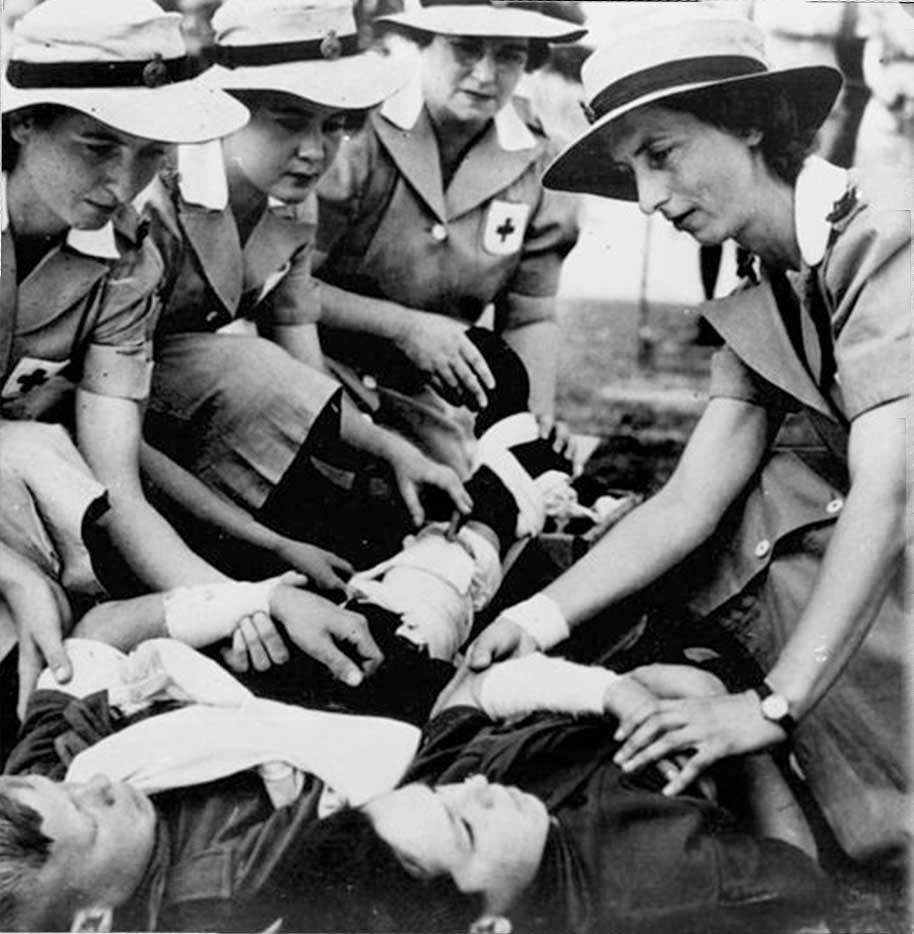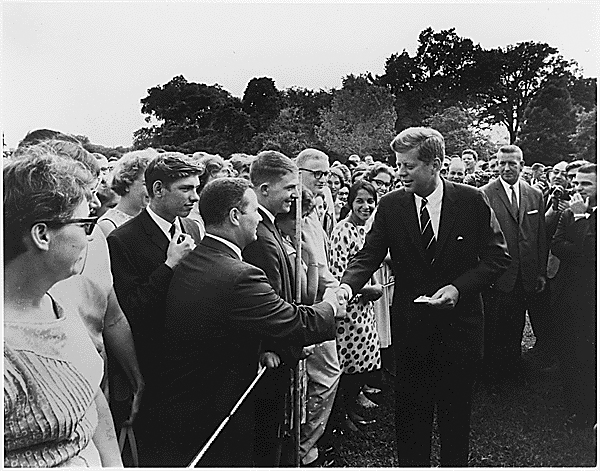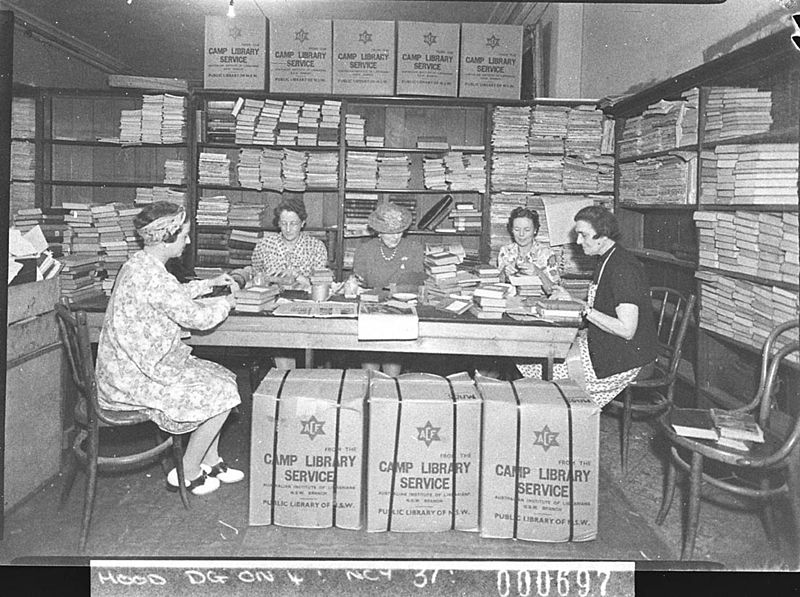Maybe you’ve never heard of voluntourism, but you’ve probably seen it portrayed in a myriad of ways: a newly married couple building houses in Belize; families taking care of elephants in Thailand; recent college graduates teaching math to young students in South Africa.
Voluntourism, a mash-up of volunteer and tourism, is essentially traveling with the purpose of volunteering and serving in the community you’re visiting. National Public Radio says voluntourism is one of the fastest growing trends in modern travel, with more than 1.6 million volunteer-tourists each year. NPR also estimates that those 1.6 million volunteers collectively spend around two billion dollars to travel and volunteer abroad.
But a two-billion-dollar-a-year travel trend with 1.6 million volunteers didn’t just start up overnight. In fact, voluntourism has a historical precedent stretching back over a century. By taking a look at some of the organization and service movements of the past, we can understand what is moving this modern trend of volunteering while traveling.
Today, long-term volunteering projects like the UN Volunteers are less common, and the short-term volunteering mindset of the earlyand mid-twentieth century is back in vogue. However, accessibility to volunteering opportunities abroad has increased exponentially as more and more small charities and service organizations like NGOs (non-governmental organizations) have been created. As a result, people who want to get involved with voluntourism can work in almost any country for almost any cause. If you’re really interested in voluntourism, here are a few organizations to get your search started:
1. Habitat for Humanity. It’s one of the more well-known volunteer organizations, specializing in building and repairing houses for people in need. Habitat for Humanity has projects from Bangladesh to Honduras to Romania (and everywhere in between), so there are plenty of places to get involved. (www. habitat.org)
2. GoEco. As the name might suggest, this organization focuses on improving the environment— everything from conserving great white shark habitats to studying ecosystems to maintaining hiking trails. Like Habitat for Humanity, GoEco has many projects all over the world, including ones in Thailand, Israel, Kenya, Fiji, and Costa Rica. (www.goeco.org)
3. One World 365. Not sure what kind of volunteering you want to do, or where you want to go? No problem. One World 365 is a volunteering directory website, and its search engine (where you can search by continent, country, activity, and keyword) can help you find your perfect project. (www.oneworld365.org)
These three sites are only the tip of the iceberg when it comes to voluntourism. With so many opportunities to volunteer abroad, it’s no wonder that there are 1.6 million volunteers each year, and no wonder that more and more people are finding opportunities to get involved in, as Agatha Christie described, “one of the most rewarding professions anyone can follow.”

1909—Voluntary Aid Detachments. cc
The British Red Cross formed the Voluntary Aid Detachments, otherwise known as VADs, in 1909. The idea was that VADs would be groups made up of volunteer nurses and doctors, groups that could be deployed to help soldiers during times of war. VADs were deployed all across Europe during both World War I and World War II and were exceptionally helpful in saving soldiers on the warfront. Many women were VAD volunteers, and one of the most well-known volunteers was famed mystery author Agatha Christie, who said her experience was “one of the most rewarding professions that anyone can follow.”
After World War II, volunteering projects requiring travel were more short-term, undertaken only by people with personal, direct connections to the cause they were helping. But volunteering abroad became a much more formal, longterm, and widespread phenomenon after the formation of organizations like Australian Volunteers International (Australia) in 1951, International Voluntary Services (USA) in 1953, and Voluntary Services Overseas (United Kingdom) in 1958. These three organizations helped lay the foundation for more widespread formal volunteering.

1961—Peace Corps. Photo by Abbie Rowe. cc
The Kennedy Administration founded the Peace Corps with the intent of promoting economic and social development in countries abroad. The Peace Corps was criticized by conservatives (Nixon said it would become a “cult of escapism” and promote young men to avoid actually fighting in wars), but this program was embraced by college students and recent university graduates.
UN Volunteers. Fueled by the formal volunteering organizations of the 1950s and then the Peace Corps of the early 1960s, the United Nations established the UN Volunteers program in 1968. The program was specifically directed towards college-age students and young adults who were invited by recruiters to sign up for a two-year long volunteering program abroad, participating in both humanitarian and peacekeeping projects. Participation in the UN Volunteers and organizations like it was immensely popular during this time.
—Abbie Harlow
Featured image taken in Australia by Sam Hood. cc


Very interesting article. If you need to do a more refined search use the b9g.net search engine, it can help. This search engine has filters to facilitate searching even in the deep web if need be. In addition the service has a global political clock (reference in political research).